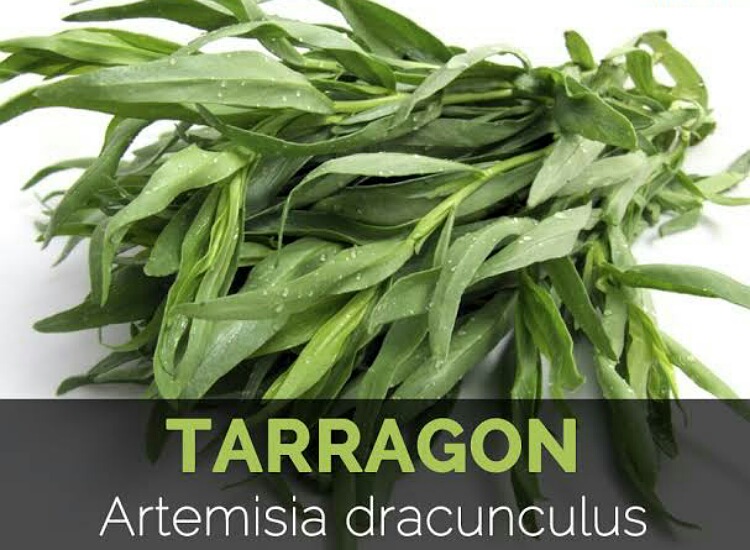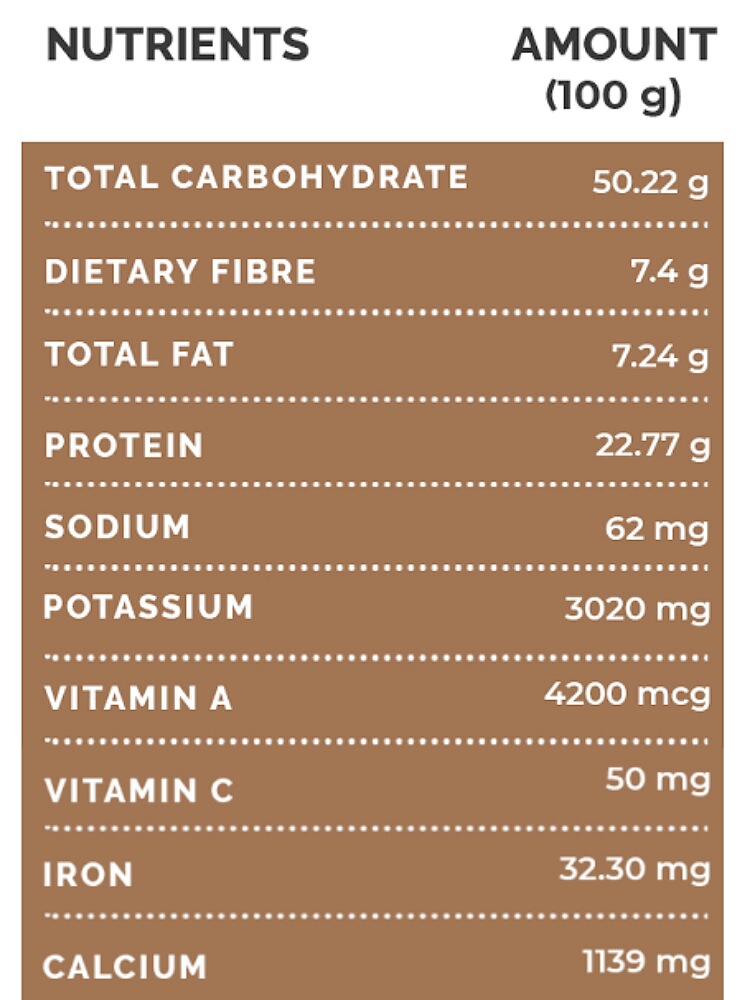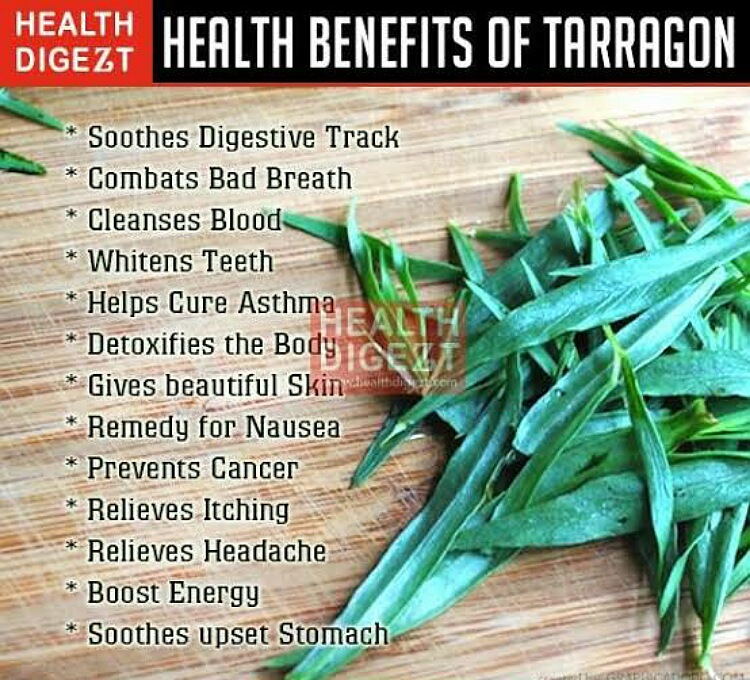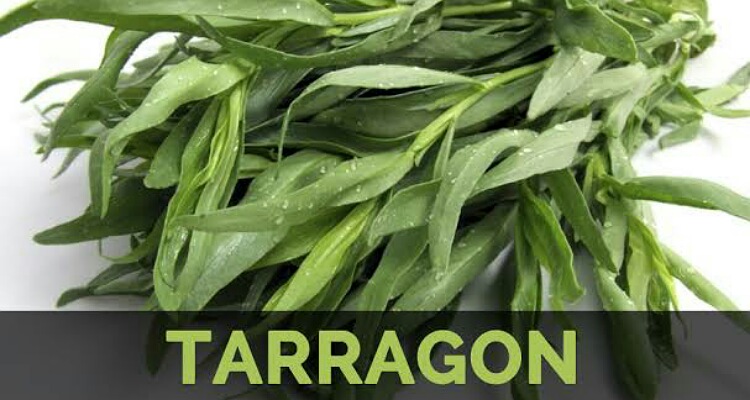Tarragon is a perennial herb native in Eurasia and North America. It has culinary uses and serves medicinal purposes as well. What is its nutritive value and health benefits?
Tarragon
Tarragon is a perennial herb that extensively grows in North America and Eurasian countries. It has a number of species and subspecies. And they vary widely in their aroma power. While some have no aroma, others are highly aromatic.

The plant grows to a height of around 4 to 5 feet and has slender branches. The leaves are glossy green and elongated. Moreover, the flowers are in florets in yellow to yellowish green color. Its roots are rhizomatous. Some species have no flowers of seeds and are sterile. But they can reproduce by root division.
The herb has an abundant use in French cuisine. Popularly, chefs use it in chicken, eggs and fish dishes. When steeped in vinegar, it produces tarragon vinegar. And mixed with butter, cooks use it as a topping on grilled salmon and beef. In Russia, Armenia and such nations, it is part of their carbonated soft drink (Tarkhun). It is a side dish in Iran and also incorporated in making of pickles and in stews.
Nutritional facts
As per the USDA data, 100 grams of tarragon has 295 calories. The total carb in it is 50 grams and dietary fiber is 7 grams. Moreover, fats are also 7 grams and the saturated fats are 1.9 grams. There is no cholesterol in it. Sodium is just 62 mg while potassium is 3020 mg. Hence, it is beneficial for hypertension. It lowers blood pressure and relaxes the blood vessels.

The protein content is 23 grams. It is a rich source of calcium and vitamin C. Iron is in ample quantities in it. Additionally, this herb has magnesium, manganese, and vitamin B6. It has phytochemicals that prevent oxidative stress and mop up harmful free radicals. The taste of this herb is pungent and licorice like. This is due to the plant substance estragole. Therefore, the plant is also called estragon.
Health benefits
The low carb and calories of the herb and its high nutrient content benefits humans. The iron and vitamin C helps in prevention of iron-deficiency anemia. Calcium helps in bone and teeth health. It lowers blood sugar levels by 20%, animal studies have shown. It improves insulin secretion and decreases insulin resistance.
The potassium helps in blood pressure control and heart protection. It improves muscle and nerve function. The antioxidants lower inflammation and prevent chronic diseases including cancer. One small study in mice showed that it causes sedation and improves sleep patterns.

Tarragon can decrease leptin that brings down appetite. Mice fed this herb had increased appetite and weight gain. In traditional medicine, traditional healers use this to decrease pain. In 42 people of osteoarthritis, it reduced pain in 12 weeks in lower doses. Animal studies had similar findings.
Read more: Herbs: types, nutritive value and health benefits especially in athletes!
The herb has antibacterial properties and can prevent foodborne illnesses. It can also serve as an effective preservative for foods such as cheese.
